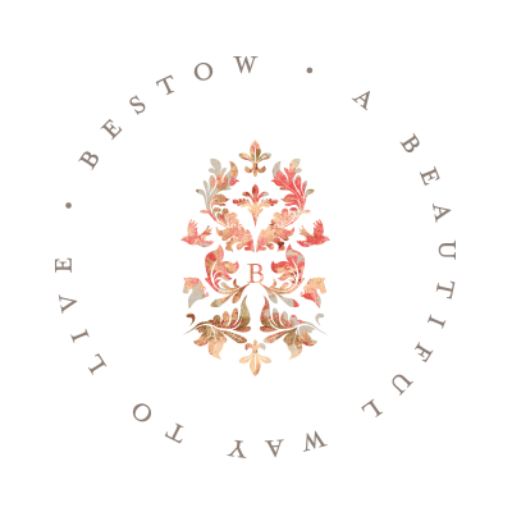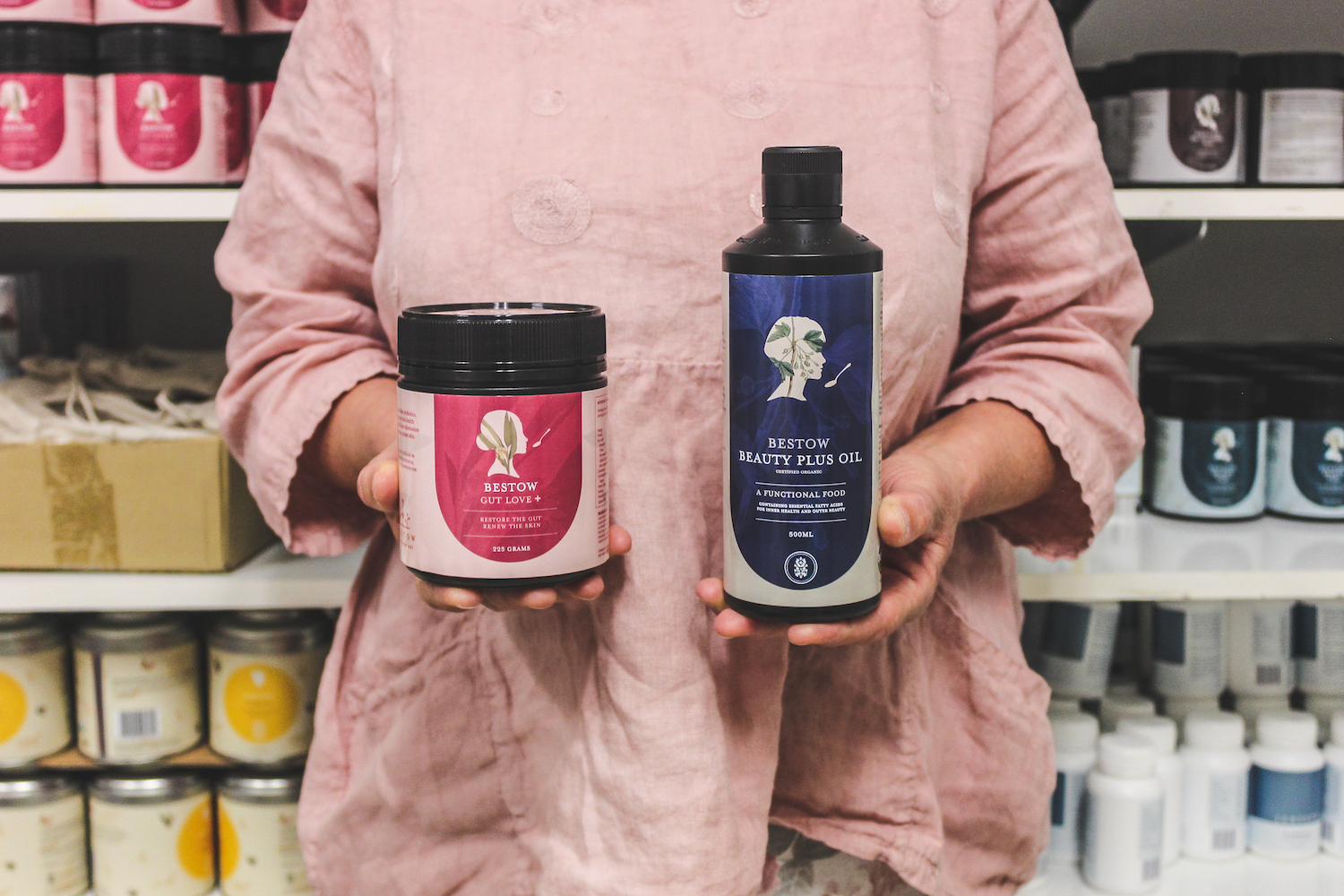
The Dirty on Plastic!
Bestow is passionate about sustainability and strive to weave this throughout our brand from the ingredients we choose to the way our products are packaged and distributed.
Only the very best ingredients are used in the Bestow products, the majority of which are organic and where that’s not possible, sourced from ethical companies that share our values. Once the products are made they’re carefully packaged in a way that we believe is the most sustainable option for us, while still providing a premium product. But recently we had the opportunity to review our packaging and see if there were even better alternatives available. This is what we discovered.
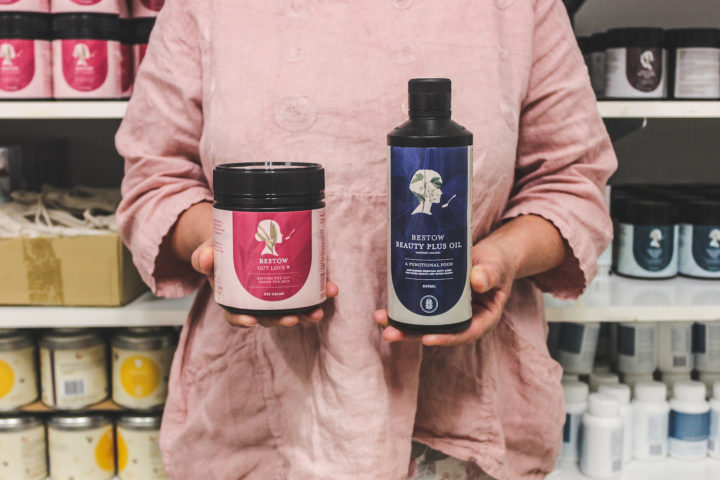
Glass was the most obvious option for us to explore but unfortunately it immediately presented us with a number of problems. Firstly, our manufacturers don’t allow glass in their factory due to the very real risk of glass chips finding their way into the product. Not ideal for a food product which people consume. Secondly, glass, no matter how dark, lets light in and this degrades the ingredients found in Bestow especially the delicate essential fatty acids in the Bestow Beauty Oils. Glass is also difficult to transport, needing much more packaging and protection to prevent breakage than other options.
Cardboard was another option but of course the oils found in the products, even the powders, made this unrealistic. So it was back to plastic and in the end, we confirmed that the safest option, offering the best environmental outcome in the circumstances, was the packaging we were already using. Here’s why…
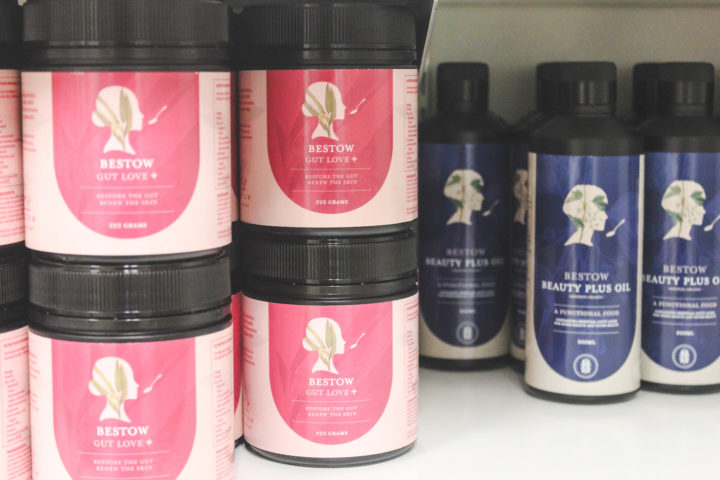
Firstly, the plastic we use is high quality, doesn’t let any light in so the products are protected from degradation, is completely BPA free and considered one of the safest forms of plastic. But more importantly it is also the most easily, most commonly recycled type of plastic.
There’s nothing like seeing a huge pile of plastic building up at a transfer station to make you think “why should I bother when it’s going to end up in the landfill anyway?” But whatever the difficulties of maintaining a recycling system in our small country are, we should not forget that in fact some material is very easy to give a second life, and HDPE plastic is one of those such materials. It’s relatively simple and cost-effective to recycle HDPE for secondary use.
Glen Jones, manager of EnviroWaste, one of New Zealand’s largest waste management companies says that some varieties of plastic (grade 3-7) are very uneconomical to recycle, we shouldn’t forget that two other types of plastic are in high demand, PET (#1) and HDPE (#2). In fact, HDPE is worth more per tonne than any other commonly recycled material except aluminium. This means that your used Bestow containers are definitely worth recycling with a high chance that they will end up being used to make a variety of new goods including rubbish bins, garden edging and outdoor furniture.
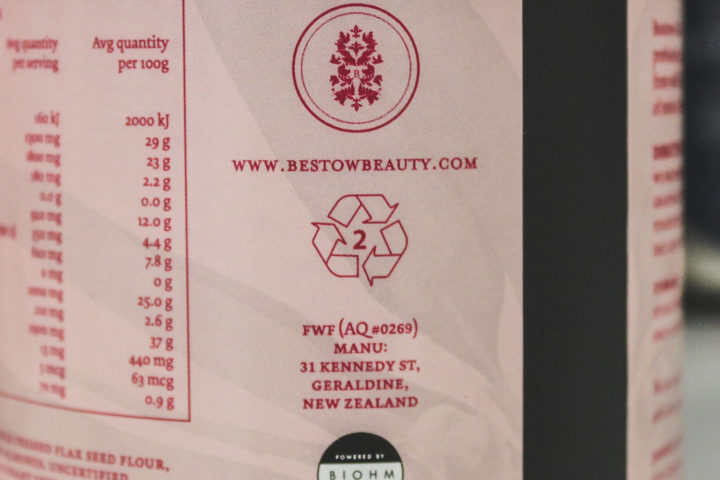
However, it is not as simple as just chucking them into your recycling bin. You need to make sure they have been rinsed clean. A lot of recycling centres will not accept products that have not been rinsed clean, so don’t let your recycling efforts go to waste. Ensure you’re recycling correctly and responsibly.
Luckily, it is not necessary for you to remove the label because the recycling process includes a heating step where any labels are burned away. So you can skip this step.
At Bestow Beauty we are passionate about doing everything we can to support the environment and are passionate about being known for making sustainable choices in everything we do.
